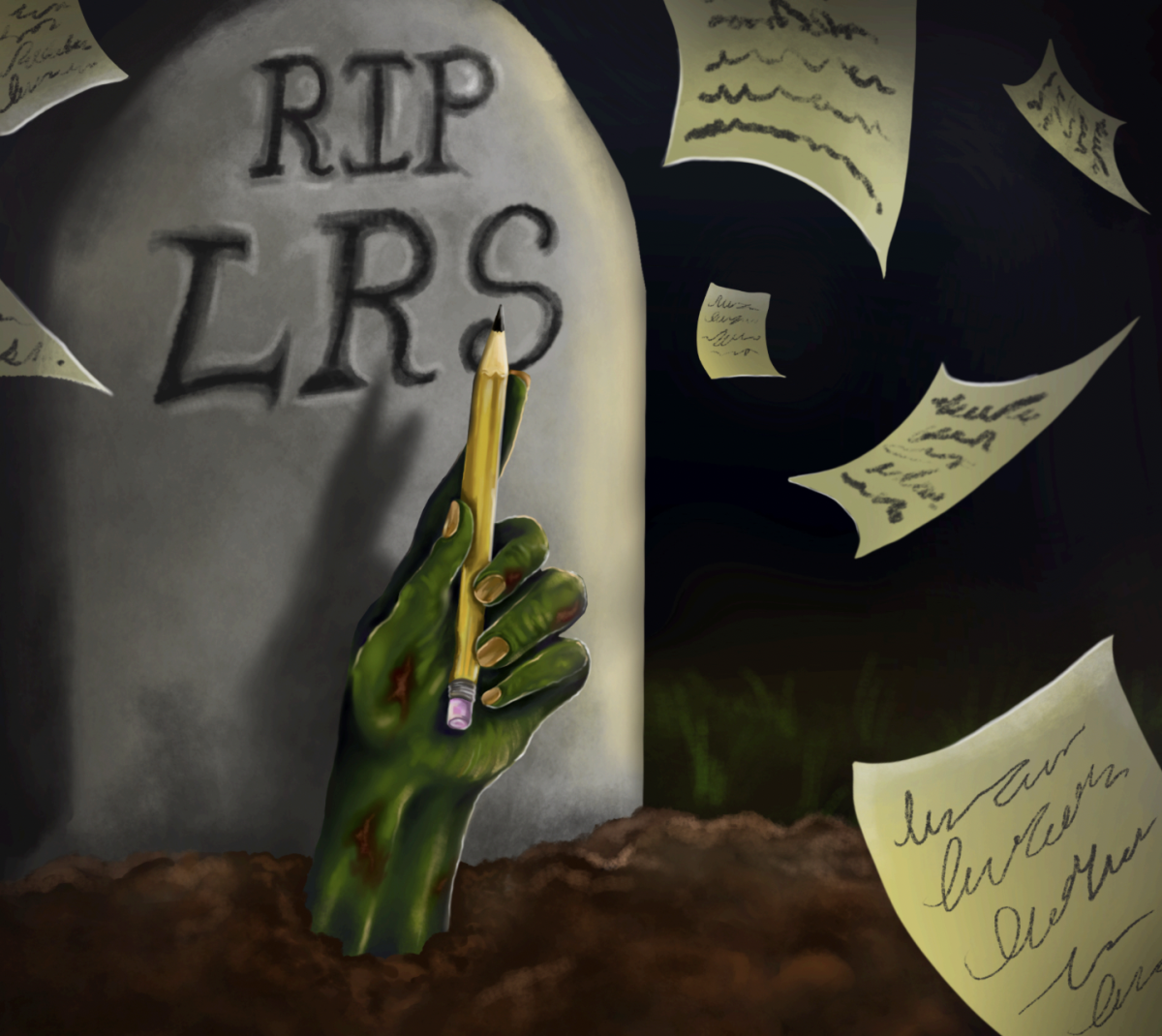Everybody knows that Microsoft is an evil monopoly, but of course, most of the advantage of being an evil monopoly is that customers have nowhere to turn. Since people have nowhere else to turn, they can do just about anything that they very well please. The key phrase here is of course, just about. Monopolies, because they artificially constrict supply, have the unintended consequence of spurring innovation.
Microsoft’s policy toward education has recently turned especially onerous. One hears horror stories of Microsoft forcing poor urban school districts like Philadelphia’s to run an audit on Microsoft product licensing in April, just in time for finals. One especially nasty trick that they have played is to simultaneously send letters demanding an audit and offering an overall campus subscription agreement. This was done to the largest 9 school districts in Washington State and 15 largest in Oregon, an obvious marketing grab.
There is also the example of our own outstanding university. Using Microsoft’s Campus Agreement Subscription Calculator, conveniently available at Microsoft’s education Web site, the University would pay about $447,550 per year. Faculty would account for $116,050, and students for $331,500. This, of course, is only an estimate, using the number of students and the number of faculty and assuming that they are all full time, but without including staff, whom the University does license.
The subscription agreement includes free upgrades for all the software covered, which seems like a good deal, but the last good version of Office that Microsoft put out was ’97 for Windows, and ’98 for Mac. While this may be open to dispute, those programs were relatively elegant solutions, which could do everything the average user could possibly want, including the squiggly underline. Recent upgrades have mostly been focused in the direction of Internet collaboration, which is useful if you’re a corporation drafting memoranda by committee. In any case, one-inch-margin-double-spaced was perfected in word processors by the early 1990’s.
For an average, somewhat affluent suburban public school, with 2000 students, and (let’s just estimate) 500 computers, Microsoft offers a package that counts PCs instead of people, would cost $48 per PC, $24,000 schoolwide, per year. Many of these PCs would have been donated by individuals, and even if the donor had kept the computer free of pirated software, paperwork is easily lost in a transfer. If this were applied district wide, the per unit price drops. At 50,000 PCs, the price drops to $42 per PC per year.
When the schools acquired these systems, in all likelihood, they came with the office software preinstalled. This means an entirely new outlay for a school district, which is probably already constrained enough trying to provide computers in the first place. This would be an especial burden on districts that acquire computers mostly by donation; having less uniformity in computers and licensing, they are probably least in technical compliance with Microsoft’s end user agreements.
The outlay may make sense for corporations who, needing to draft memoranda by committee, feel an impetus toward upgrading office software capabilities. For a school, however, upgrading computers could be an onerous burden. Microsoft doesn’t include upgrades as an option. Because of their obsession with piracy, Windows and Office XP come with Orwellian anticopying schemes that older software doesn’t have. It is now impossible to get older Microsoft software by the license agreement. While upgrading a year old Pentium III to the latest Microsoft operating system might make sense, even attempting to upgrade an old 486 (which does an admirable job with one-inch-margin-double-space) to XP is simply impossible.
Meanwhile, alternatives do exist to the supposed monopoly. The free software movement’s philosophy—that information ought to be freely shared—in fact mirrors the very raison d’être of a University, which is the free dissimulation of knowledge. The movement, which may have begun of the geeks, by the geeks, and for the geeks, has matured to the point where a novice computer user would feel just as comfortable sitting in front of a Linux machine as a Windows machine. While Linux, and in fact all varieties of Unix, have a reputation of being command line driven mainframes, that is simply no longer the case. Mac OS X is highly touted as a Unix with a friendly face. Recently, Linux has gotten friendly too. With the release of OpenOffice.org 1.0, a Microsoft Office work-alike, and Mozilla 1.0, the free version of Netscape, applications for every day tasks such as word processing and browsing have become stable and mature. Sun provides Star Office,6, which is OpenOffice.org with extra features free to educational institutions, discounting the cost of media.
This leads naturally to a modest proposal for ameliorating the tuition hike. When was the last time that you or a friend went into the campus computing store to purchase a CD for site licensed Microsoft Software? I’m almost certain most students simply use what came on their machines, or pirate what they need. Easy $331,500. If Microsoft complained, Bob Bartlett would simply have to write an e-mail asking us all not to pirate software, and then tell Microsoft that a University is in no position to stop things. In order to avoid massive issues with USITE’s licensing, all the PCs in USITE could easily convert to Linux, with the number of geeks on any college campus, this could be done for little more than what USITE already spends on labor. Converting faculty and staff might be a little tougher, but the University has done worse things in the past without causing any serious mutinies.
James Liu is heir to the deposed King of Zembla. He moonlights as a production assistant for the Maroon, and occaionally writes and draws cartoons. His e-mail address is jamesliu@uchicago.edu.








